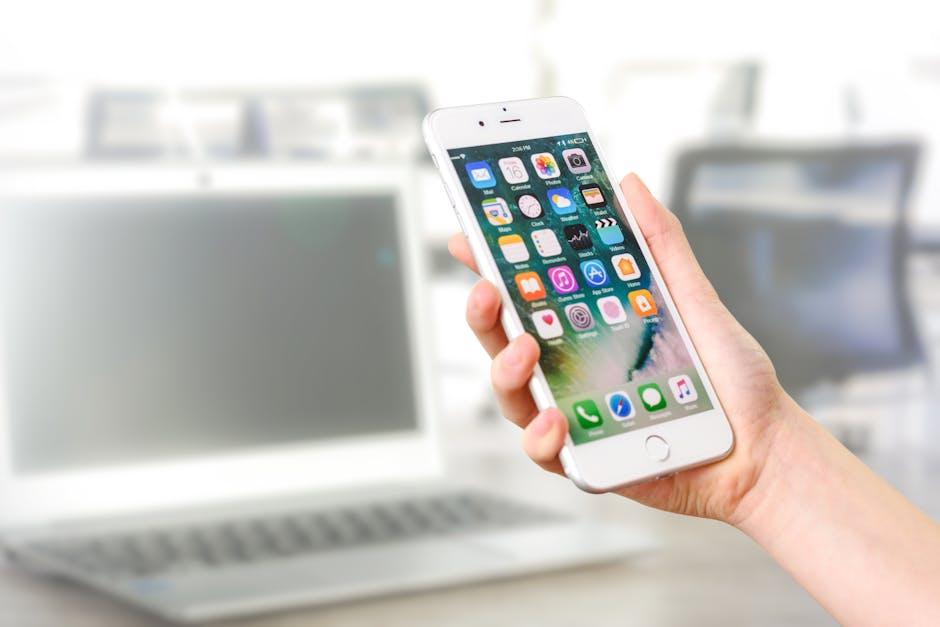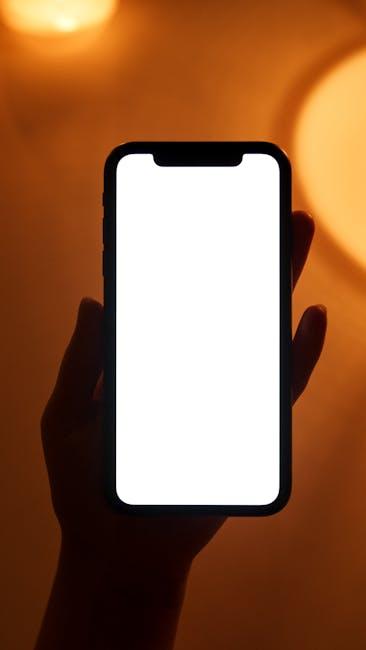
Design and Evaluation of Screening and Self-Care Mobile Application for Oral and Dental Problems and Emergencies
Oral and dental health is an essential part of overall well-being, but accessing immediate professional care during emergencies or early signs of dental issues can be challenging. Advances in mobile technology now offer powerful tools to bridge this gap. This article focuses on the design and evaluation of a screening and self-care mobile application aimed at helping users manage oral and dental problems and emergencies effectively. Based on insights from research published on ScienceDirect.com, we explore the app’s innovative features, benefits, user experience, and practical applications.
Introduction to Oral Health Mobile Applications
Mobile health apps have rapidly evolved to support a variety of healthcare needs, including dentistry. Specifically, oral health applications provide self-screening, emergency guidance, and preventive care tips to empower users to take charge of their dental health.
The need for such apps is clear considering:
- High prevalence of dental emergencies such as toothaches, dental trauma, and infections.
- Limited immediate access to dental professionals in some regions.
- Increased awareness and interest in self-care and early intervention to prevent chronic oral diseases.
Core Features of Screening and Self-Care Dental Apps
The successful design of a dental health app relies on providing practical and user-friendly features. The key characteristics include:
- Symptom Checker & Screening: Guided questionnaires and AI-powered symptom analysis to evaluate common oral issues such as pain, swelling, or bleeding gums.
- Emergency Protocols: Step-by-step advice for managing dental emergencies before professional care is available (e.g., handling knocked-out teeth or abscesses).
- Personalized Self-Care Tips: Daily oral hygiene reminders, nutritional advice, and preventive care routines tailored to individual user needs.
- Appointment Scheduling: Integration with dental clinics to facilitate quick booking after emergency assessment.
- Educational Content: Videos, articles, and infographics about common dental problems and their management.
- Progress Tracking: Users can log symptoms and treatments, providing useful data for dentists and enabling personalized follow-up.
Table 1: Sample Features of a Dental Screening & Self-Care App
| Feature | Description | User Benefit |
|---|---|---|
| AI Symptom Checker | Analyzes user inputs to suggest possible oral health issues | Early warning and appropriate action advice |
| Emergency Handling Guidelines | Instructions for dental trauma and urgent problems | Reduces complications during dental emergencies |
| Self-Care Reminders | Custom alerts for brushing, flossing, and dental visits | Improves daily oral hygiene compliance |
| Clinic Locator & Booking | Helps find nearby dentists and schedule appointments | Facilitates timely professional care |
Design Considerations for Effective Oral Health Apps
The design of dental screening and self-care apps requires careful thought to provide a seamless user experience while maintaining clinical accuracy. Points to consider in app development include:
- User Interface (UI) and User Experience (UX): Clean, intuitive interfaces enhance user engagement, particularly for older adults and tech novices.
- Accessibility: Apps should be accessible to users of all literacy levels, with visual aids and multilingual support.
- Data Security and Privacy: Protecting sensitive health information following HIPAA and GDPR regulations is crucial.
- Evidence-based Algorithms: Symptom checkers and recommendations must be grounded in dental research and validated clinical guidelines.
- Offline Mode: Emergency handling features should be available without internet access.
Evaluation of Screening and Self-Care Dental Apps on ScienceDirect.com
Research compiled on ScienceDirect highlights several evaluation metrics used to assess dental health apps, focusing on effectiveness, usability, and patient outcomes. These include:
- Clinical Accuracy: Comparison of app diagnosis with professional dental assessments.
- User Satisfaction Surveys: Gathering feedback on app friendliness, usefulness, and trustworthiness.
- Engagement Metrics: Tracking regular app usage, symptom logging, and response to self-care prompts.
- Health Outcome Improvements: Measuring reductions in dental emergencies, improved oral hygiene, and earlier dental consultations.
Case Study: Mobile App Intervention in Dental Emergencies
A pilot study featuring a mobile screening app for dental emergencies demonstrated significant advantages. Users reported:
- Faster identification of serious problems requiring immediate care.
- Better management of pain and infection symptoms at home.
- Increased confidence in handling dental injuries before reaching a clinic.
The study concluded that integrating self-care mobile applications can reduce unnecessary emergency visits while improving timely dental treatment.
Practical Tips for Users of Oral Health Mobile Apps
To maximize the benefits of screening and self-care dental apps, users can follow these guidelines:
- Complete Symptom Checkers Honestly: Accurate inputs ensure reliable results and recommendations.
- Follow Self-Care Advice Consistently: Use reminders and tips daily to maintain oral health.
- Use Emergency Guidelines When Needed: Do not hesitate to apply first aid steps in dental trauma before professional help.
- Keep Your App Updated: Software updates often improve functionality and medical accuracy.
- Consult a Dentist for Serious Issues: Use the app as an aid, not a substitute for professional diagnosis and treatment.
Conclusion
The design and evaluation of screening and self-care mobile applications for oral and dental problems signify a pivotal advancement in public dental health management. Leveraging AI-driven symptom checkers, integrated emergency protocols, and personalized care reminders, these apps empower individuals to take charge of their oral health proactively and conveniently. Supported by clinical research on ScienceDirect.com, such applications not only enhance early detection and timely intervention of dental emergencies but also foster sustained oral hygiene practices.
As the field continues to evolve, incorporating user feedback and compliance with clinical standards will be essential to maximize app effectiveness and trust. For patients and healthcare providers alike, these innovations open new doors to accessible, efficient, and responsive dental care in the palm of your hand.


